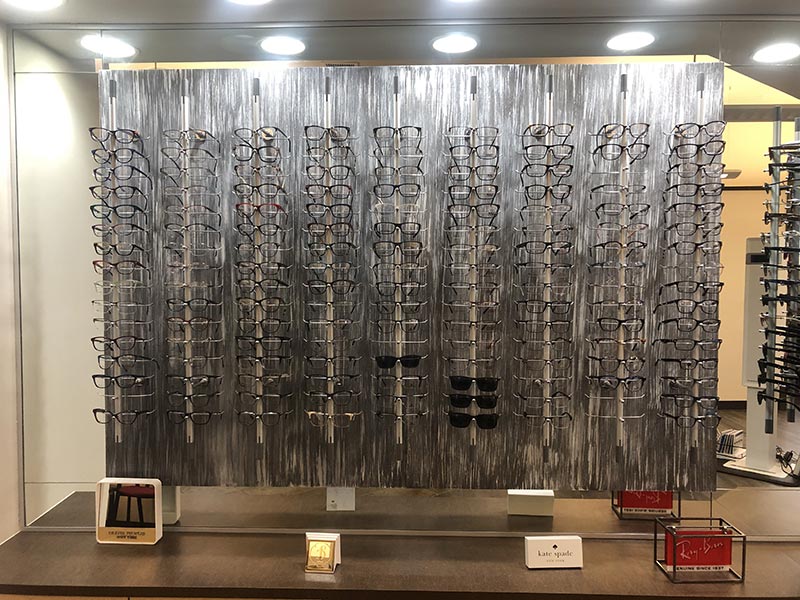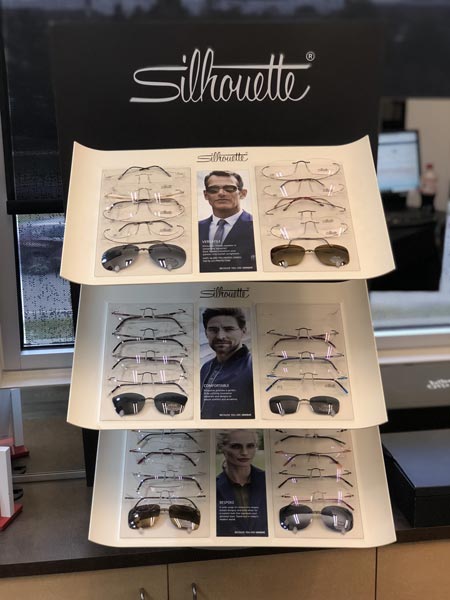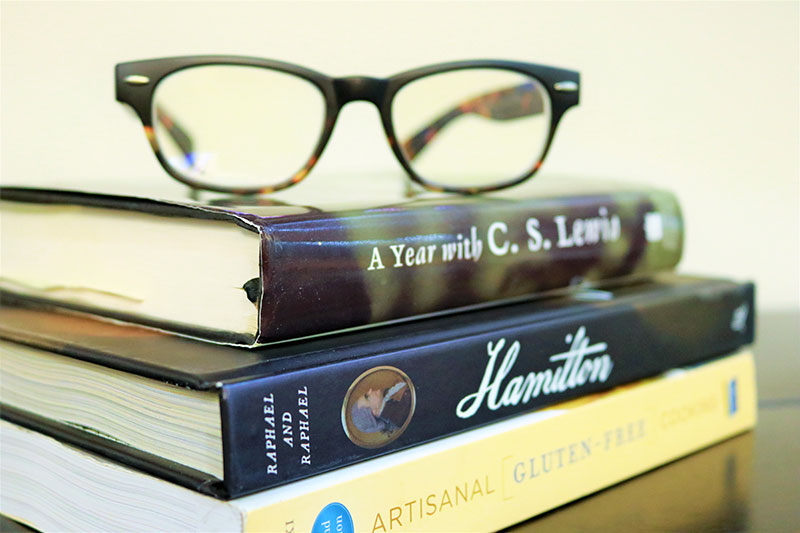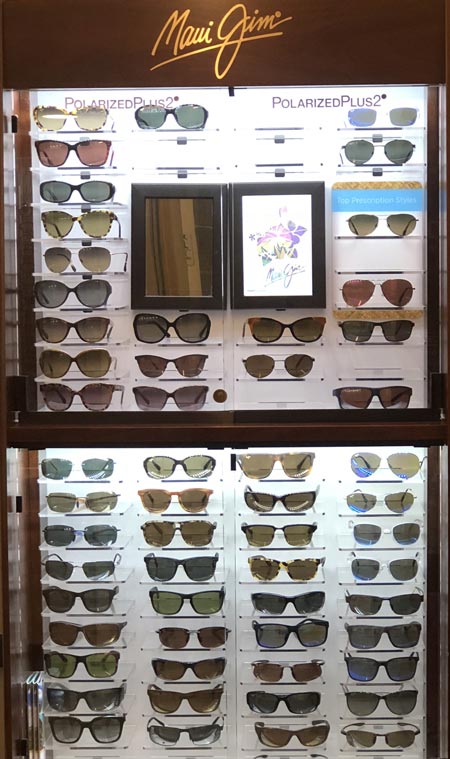EyeGlasses
Why You Might Need Eyeglasses
One of many children’s worst nightmares is having to wear eyeglasses. They have to go to school, and their schoolmates might make fun of them, calling them four-eyes or other things. However, many children do need glasses. For example, they can no longer make out the words on the board. Even some adults do not like having to wear eyeglasses, though most people will need the help of reading glasses at some point in their life.
Some of the common reasons that people need eyeglasses include myopia (nearsightedness), hyperopia (farsightedness), or astigmatism. Nearsightedness occurs when the eyeball is too long or the cornea is too steep. This causes the eye to be unable to focus on things that are far away. A nearsighted person might be perfectly able to focus on their hands or a book, but he or she will probably not be able to focus on the far wall of a room. Nearsightedness can develop at any time in life. China has more nearsighted people than any other country in the world with around 40% of the population being affected. The numbers in the United States are closer to 20%.
Broomfield Hours
- Monday
- 9:00am - 5:00pm
- Tuesday
- 9:00am - 5:00pm
- Wednesday
- 9:00am - 5:00pm
- Thursday
- 9:00am - 5:00pm
- Friday
- 9:00am - 5:00pm
- Saturday
- Closed
- Sunday
- Closed
Colorado City Hours
- Monday
- 9:00am - 4:00pm
- Tuesday
- 9:00am - 4:00pm
- Wednesday
- 9:00am - 4:00pm
- Thursday
- 9:00am - 4:00pm
- Friday
- 9:00am - 4:00pm
- Saturday
- Closed
- Sunday
- Closed
By Appointment Only, Please call to schedule today!

Farsightedness is also a common problem, and it occurs when the eye is too short and cannot focus on objects that are up close. A farsighted person might be able to focus on someone standing ten feet away, but he or she will likely have trouble reading a book or menu. Most people are born with hyperopia, and some will grow out of it while others will not. Hyperopia is not persbyopia, which produces a similar result of being unable to focus on objects that are up close. Persbyopia, however, occurs as a person ages when the eye begins to lose its natural ability to focus.
If you have an astigmatism, your eyes cannot focus on a fixed point. This will happen when the cornea or the lens has an irregular curve, and there are two different kinds of astigmatism—irregular and regular. The cornea and the lens are supposed to be spherical, but when they are more oval in shape it can cause blurred vision.
All of these common problems can be treated with corrective lenses, whether they are eyeglasses or contact lenses. Because these problems can occur at any age, it is important that you visit an eye doctor on a regular basis so that you can get eyeglasses if you need them.
Give us a call and we can help you and your family decide what is really needed
Prescription Glasses
Prescription Glasses and Understanding Your Prescription
Many people need prescription glasses of some sort whether they are farsighted, nearsighted or have an astigmatism. When you go to the optometrist, which you should do every year or two, you will undergo a series of tests to assess your vision. Also, if you are at risk for eye problems, like glaucoma, you should make sure to see your eye doctor more often.
Some tests will have nothing to do with your eyeglasses prescription, such as measuring the pressure in your eyes. This helps determine if you have glaucoma. However, it is the refraction that determines your prescription. With this test, you look at a chart with letters and numbers on it that is twenty feet away from you. Since most doctors’ offices do not have the space to put the chart twenty feet away from you, they will often use mirrors to simulate the distance.
You will look through a device called a phoropter, which has a number of different lenses. You generally start with just one eye, and the doctor will change the lenses until you can see the 20/20 line. Then you will look at the chart with both eyes just to make sure that you can see everything well.
The Sphere is a number that refers to what prescription strength is needed for you to focus properly. If it’s a negative number then you are nearsighted, while a positive number means that you are farsighted. These numbers generally range from +/- 0.00 up to around +/- 20.00. The numbers will increase in increments of .25. For example, your right eye could be -3.00 and your left eye could be -2.75, if you are nearsighted.

If you have an astigmatism, you will have a Cylinder number, and this number generally ranges from zero to +/- 4.00. This number also changes in increments of .25. The Axis number will tell you where your astigmatism is located on the eye. This number will range from zero to 180.
A Prism number will indicate that you have a lazy eye, and that your glasses will be designed to help remedy that problem. The Pupillary Distance or PD is the distance between your pupils, which helps make sure that the optical center of each lens is in the correct place. The Add number, usually +.50 to +3.50, will be present if you have a reading addition. This means your glasses can be used for reading or up-close work.
Though the numbers might sound a little complicated at first, Drs. Drake always take the time to explain your prescription to you. If you think you need prescription glasses, give us a call to schedule an appointment to determine what is right for you.
Reading Glasses
No one wants to get old and have to have reading glasses just so that they can read the newspaper every morning. Nonetheless, it does happen, and as we age we often begin to lose the ability to focus our eyes on the things that are up close. Scientifically, this is called presbyopia, and it results from a loss of elasticity in the lens and from a deterioration of the muscles, called ciliary muscles, that help the eye focus.
If you’re getting older (as young as your 40s), and you notice that you cannot see things that are close up as well as you used to or your arms are just not long enough, you might need reading glasses. Fortunately, there are a number of different types of reading glasses available. If you do not need to focus on something up close all the time, then you can probably get away with standard over the counter readers, of which 3D Vision offers with a wide variety of options, for those times that you need to read a receipt or a menu. The problem with this type of reading glasses is that it can make everything else blurry, so you cannot wear them all the time.

However, if you are an avid reader or if your work requires a lot of reading, you will probably want a pair of bifocals. These glasses have two parts. The bottom part is for reading, and the top part either does or does not have corrective lenses for the distance.
If you have any other type of problem concerning your sight, you will likely need a prescription pair of reading glasses. The advantage to having a custom pair is that you can have a different prescription for each eye. Many people need different prescriptions for each eye, and the standard over the counter reading glasses are often the same on both sides. Also, if you have astigmatism or are nearsighted, you will need custom prescription lenses for the upper part of your bifocals.
Though it might be tempting and a potential solution to try to save money by buying a less expensive pair of reading glasses, you want to make sure that you do not have any other problems. You also want to make sure that you do not strain your eyes by using a pair of reading glasses that are not right for you. So if you think you might need a pair of reading glasses, give us a call and we can explain all your options and help you chose the right course of action that is best for you.

Sunglasses
For some people, buying sun wear is an easy choice. They go to the gas station, get a $6 pair of sunglasses, and call it good. However, unless they’re lucky this pair of sunglasses will likely be uncomfortable after a while or break quickly. These less expensive sunglasses often have less comprehensive UV protection also. So if you lose your sunglasses every few weeks, then the gas station pair might be the best option for you. If you do not lose things on a frequent basis, you will want to consider investing in a good pair of sunglasses.
Quality sunglasses are a good investment because they will often have the best UV protection. When you start to look for the right pair of sunglasses, there are a few things you should consider in conjunction as to what looks good.
First you should choose a pair of sunglasses with either 99% or 100% UV protection. You also want sun wear that protects against UVA and UVB rays. The UV protection not only protects your eye, but it also protects the delicate skin around your eyes. Though bigger is not always better, it is the case with sunglasses. The larger the lenses are the more of your eye will be protected.
A few of the different types of sunglasses include blue-blocking, polycarbonate and polarized. Blue-blocking lenses are generally amber-tinted lenses, and they block out blue light. They are to help you see distant objects when the light is low. Polycarbonate lenses are often used by people who play sports and need sunglasses because they can protect the eyes from harsh impact. Polycarbonate lenses are especially useful for people who ride motorcycles. A bug hitting your face at 60 mph can be a very unpleasant and painful experience if you do not have the proper eye protection. Polarized lenses are designed to reduce glare by reflecting light.
No matter what type of sunglasses you want, give us a call and we can help you find sun wear that is fashionable, useful and affordable.

